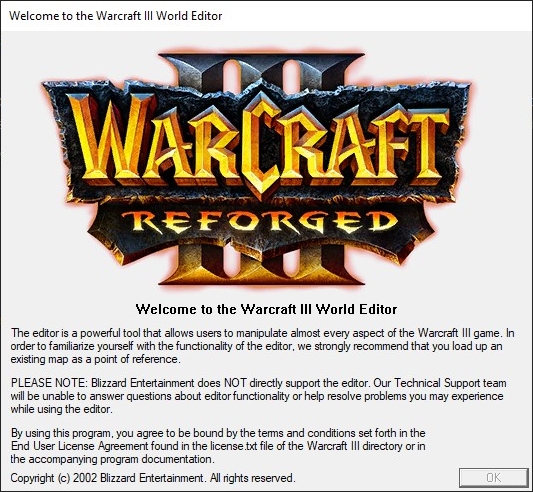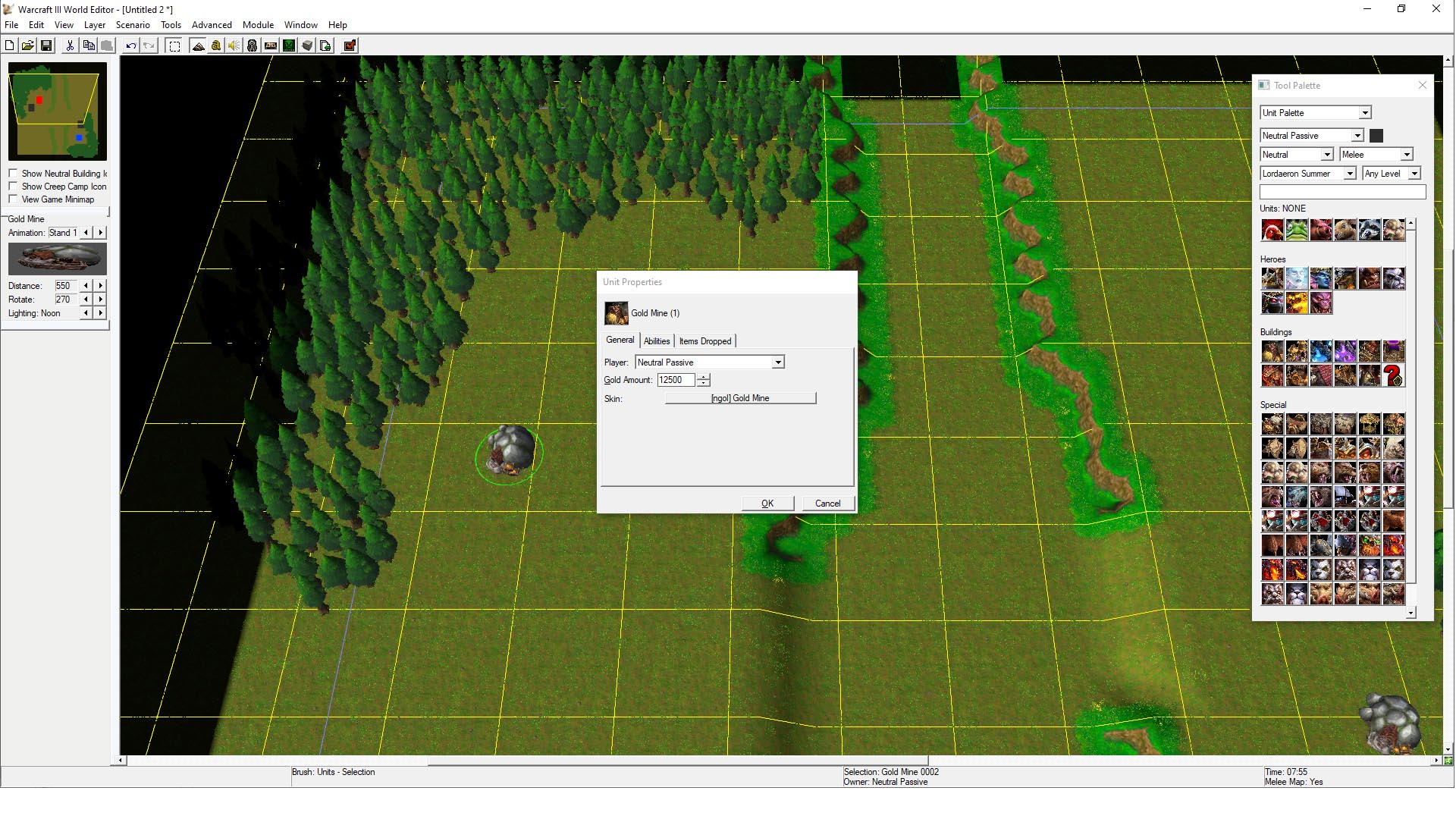
The corresponding trigger might look something like this:Įvery trigger is divided into three components: Events, Conditions, and Actions. Suppose you want to kickstart a cinematic sequence when a unit enters a particular area. The Trigger Editor, in particular, manages a collection of triggers which are each responsible for coordinating a specific in-game behaviour. Warcraft’s World Editor is composed of multiple editors such as the Object Editor, the Sound Editor, and the Trigger Editor.

Still, I think it’ll be fun to explore this space and draw some comparisons. This isn’t exactly a profound insight, as you’d expect to find overlapping patterns between most types of user-facing applications anyway. There are a number of similarities between map editing and web development. I usually tell people that my first experience with programming was Harvard’s CS50, but perhaps Warcraft –– yes, Warcraft –– prepared me in ways I never realised. Back in the day, I didn’t have the slightest idea about the basics of programming, so I sort of fumbled my way through variables and conditionals. It was definitely strange revisiting the World Editor after more than a decade. I figured I owed it my younger self to see the project through, so I dug up my old Warcraft III keys, re-installed the game, and started hacking away on the World Editor.

character models) in their respective groups and had shaped up the terrain to look fairly immersive, but the bulk of the gameplay was still incomplete. One of the gems I came across was a custom Warcraft III map I created in the mid-2000s that I never got around to finishing. With the extra time I had on my hands, I dusted off a couple of old laptops and wandered through various files and folders from my teenage life. I ended my stint as a web engineer at Carousell a few weeks ago. A loading screen, as seen in Warcraft III


 0 kommentar(er)
0 kommentar(er)
